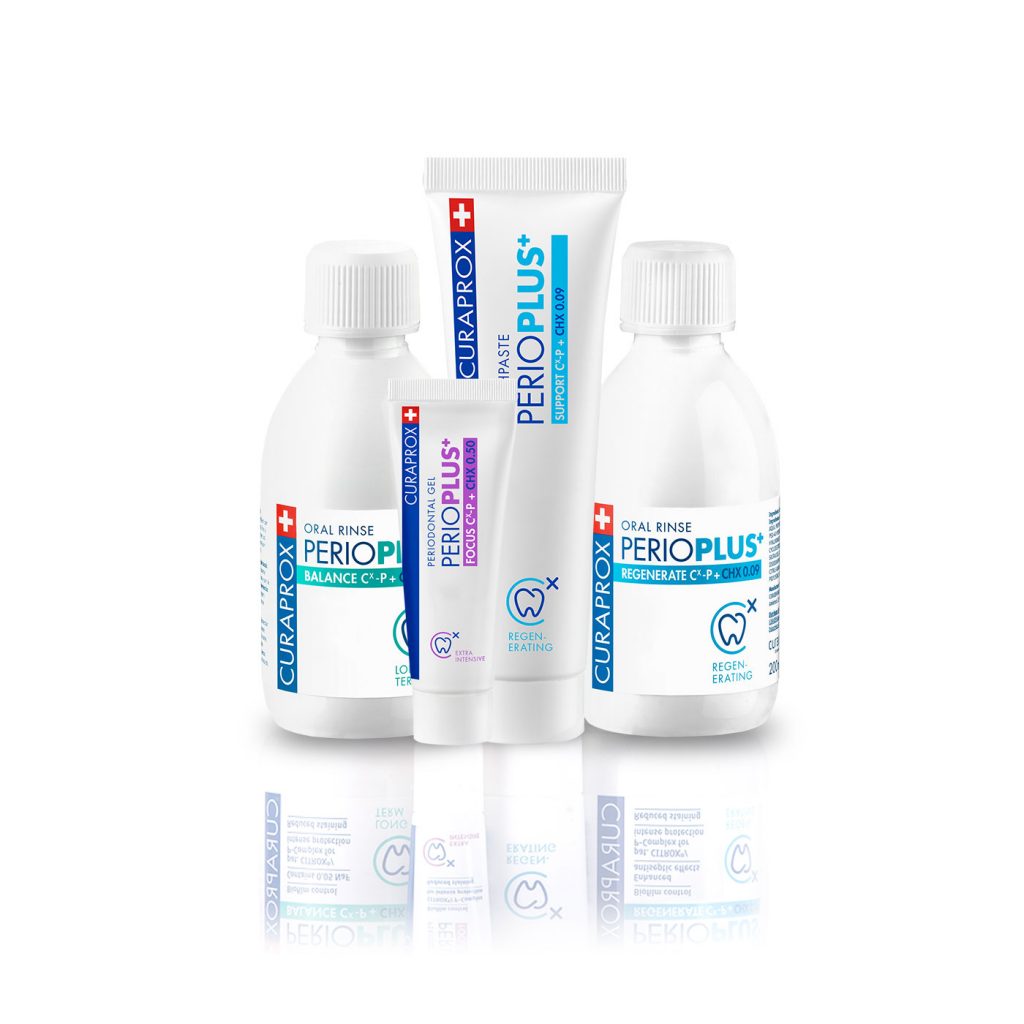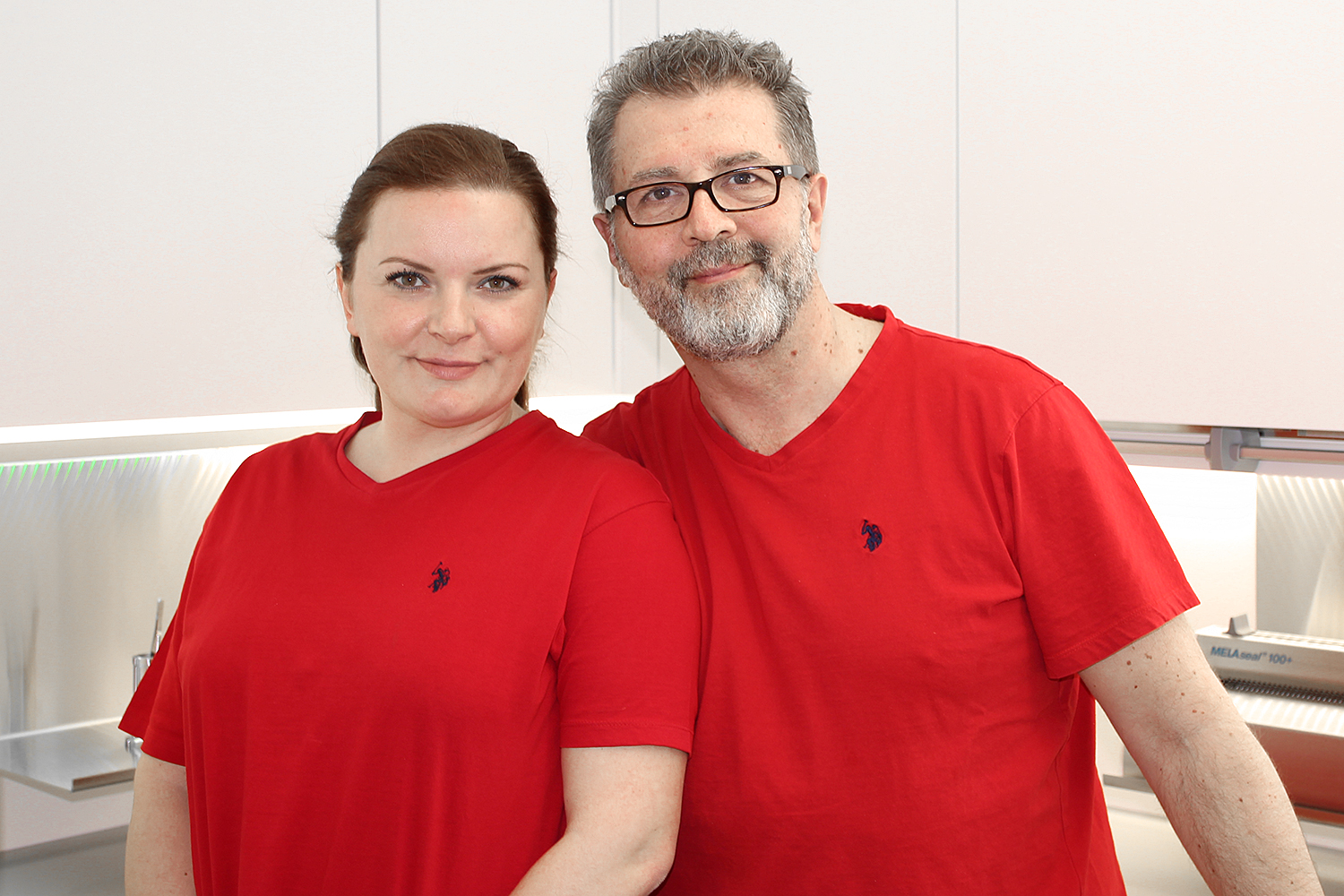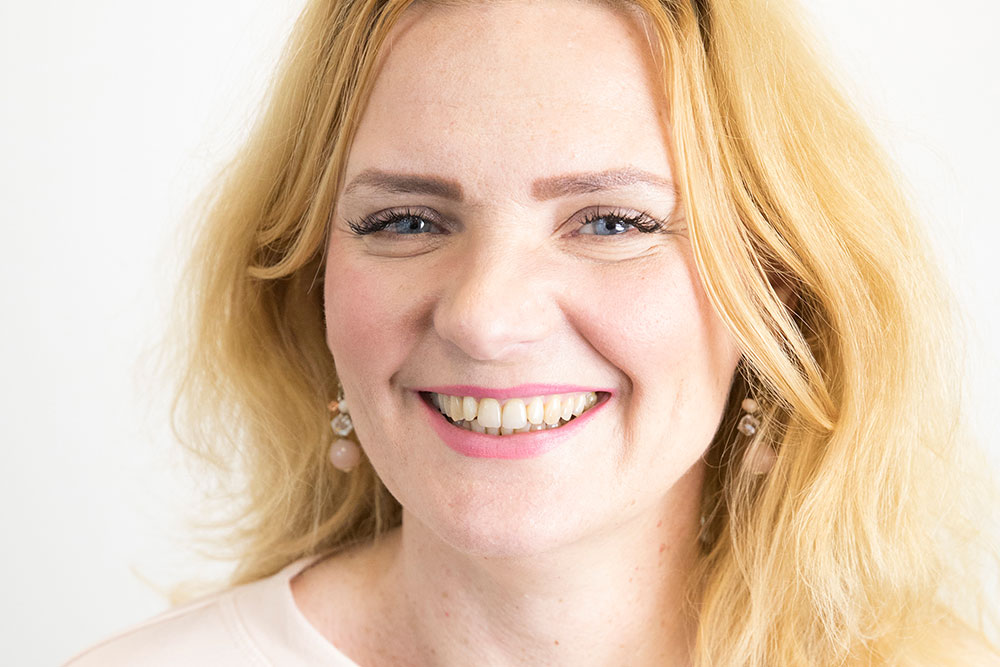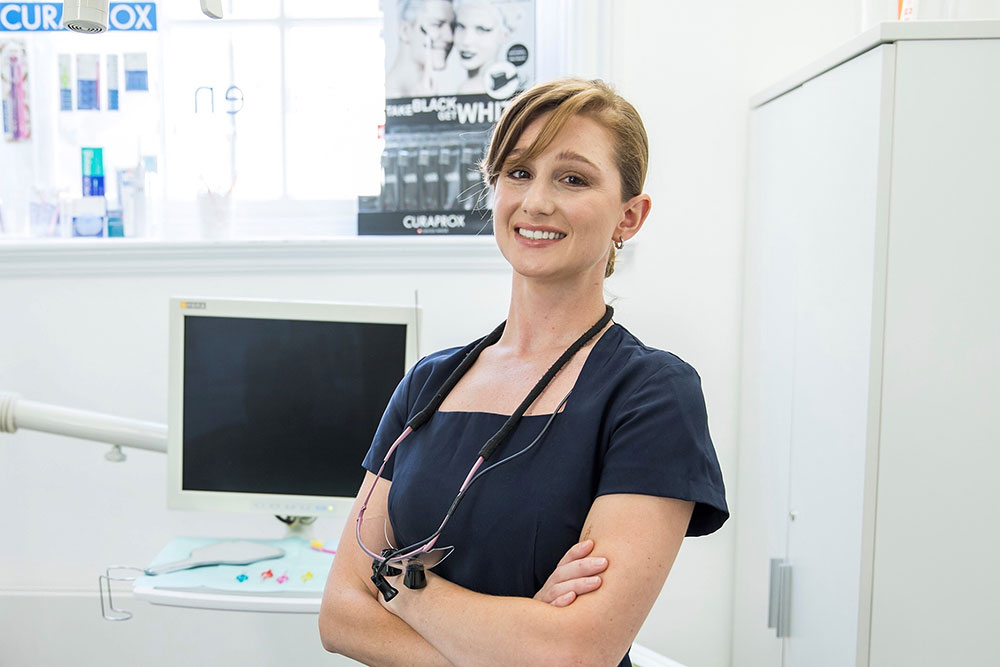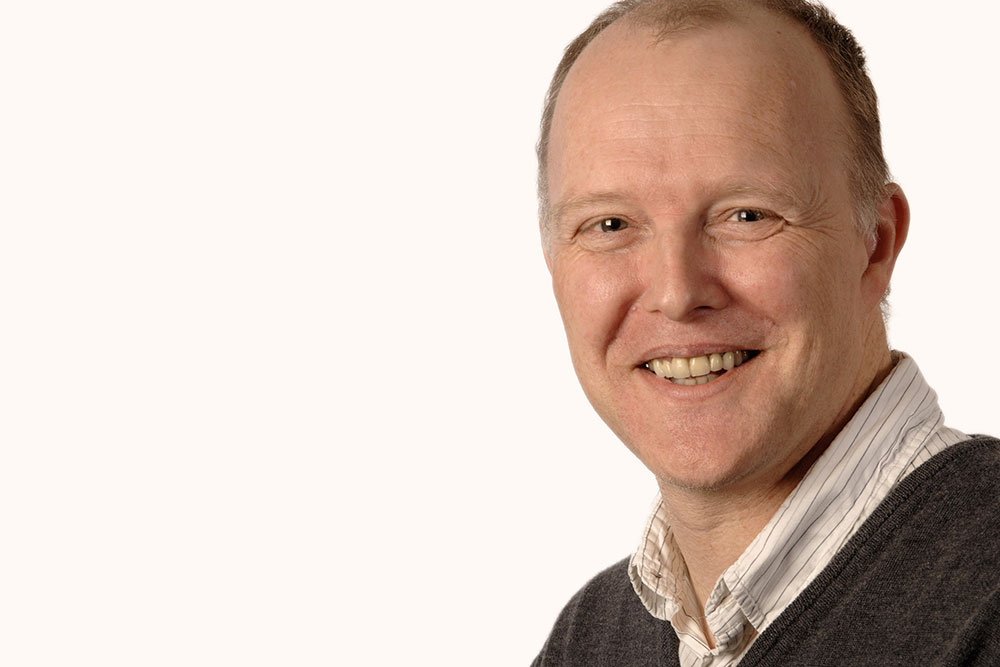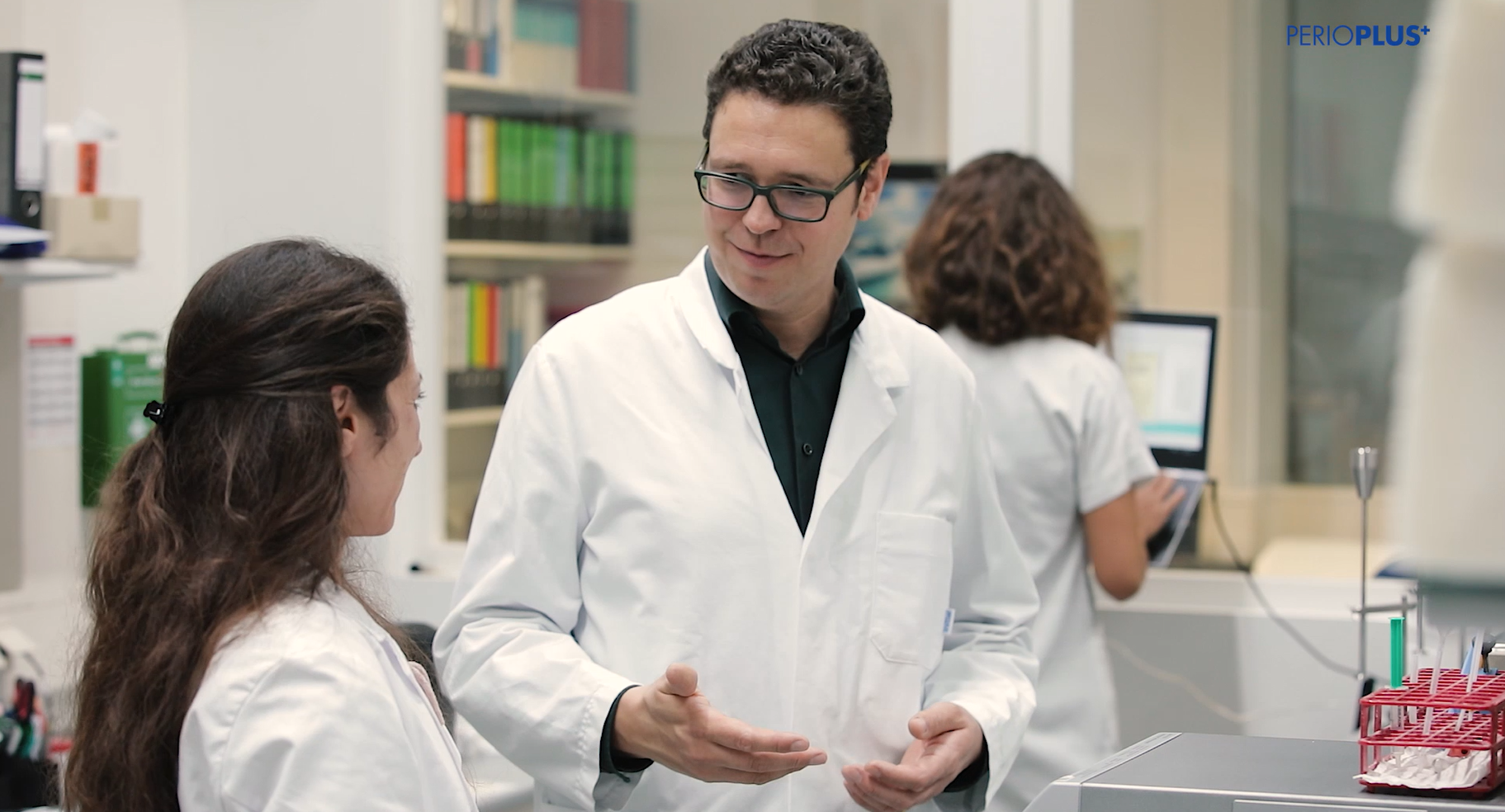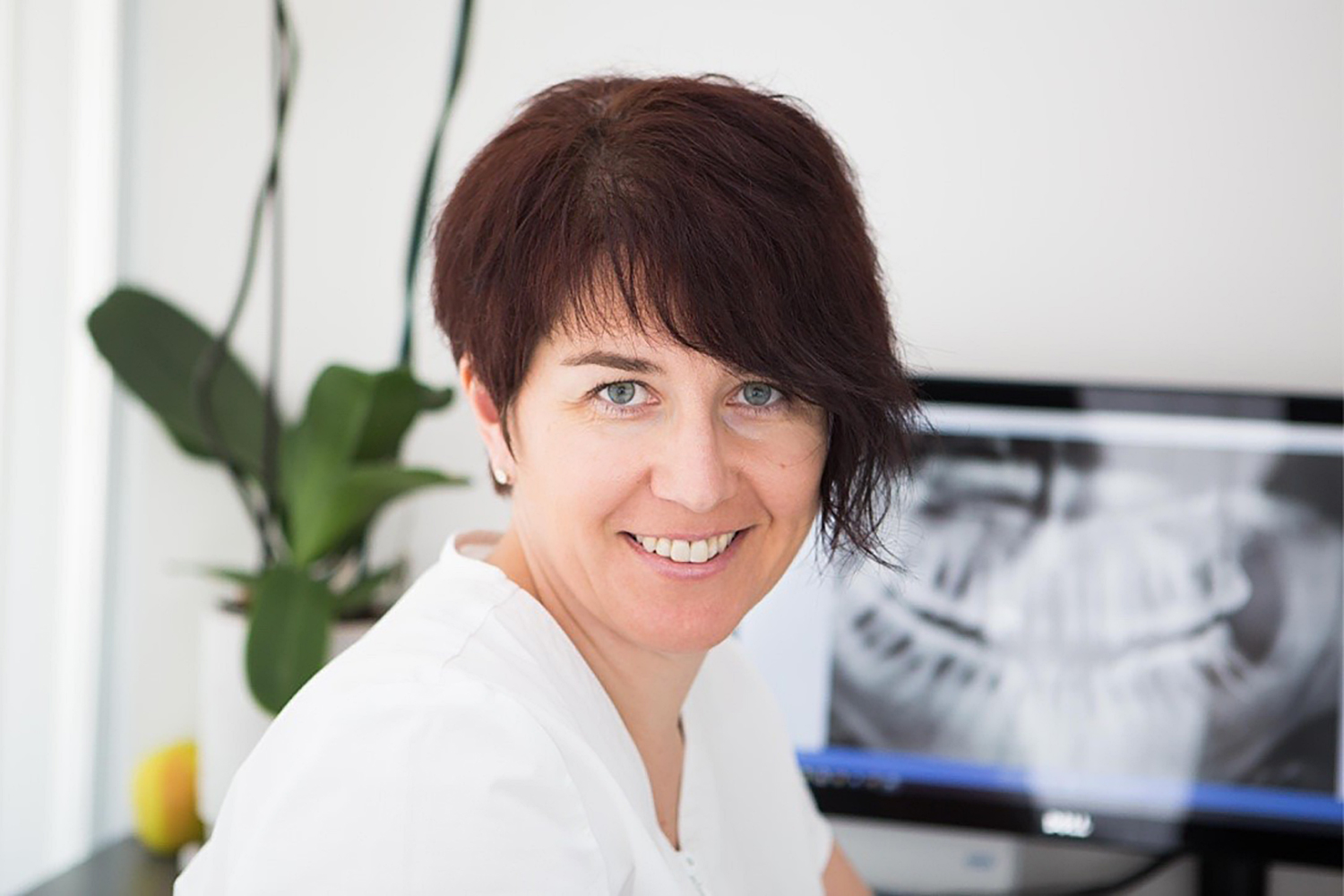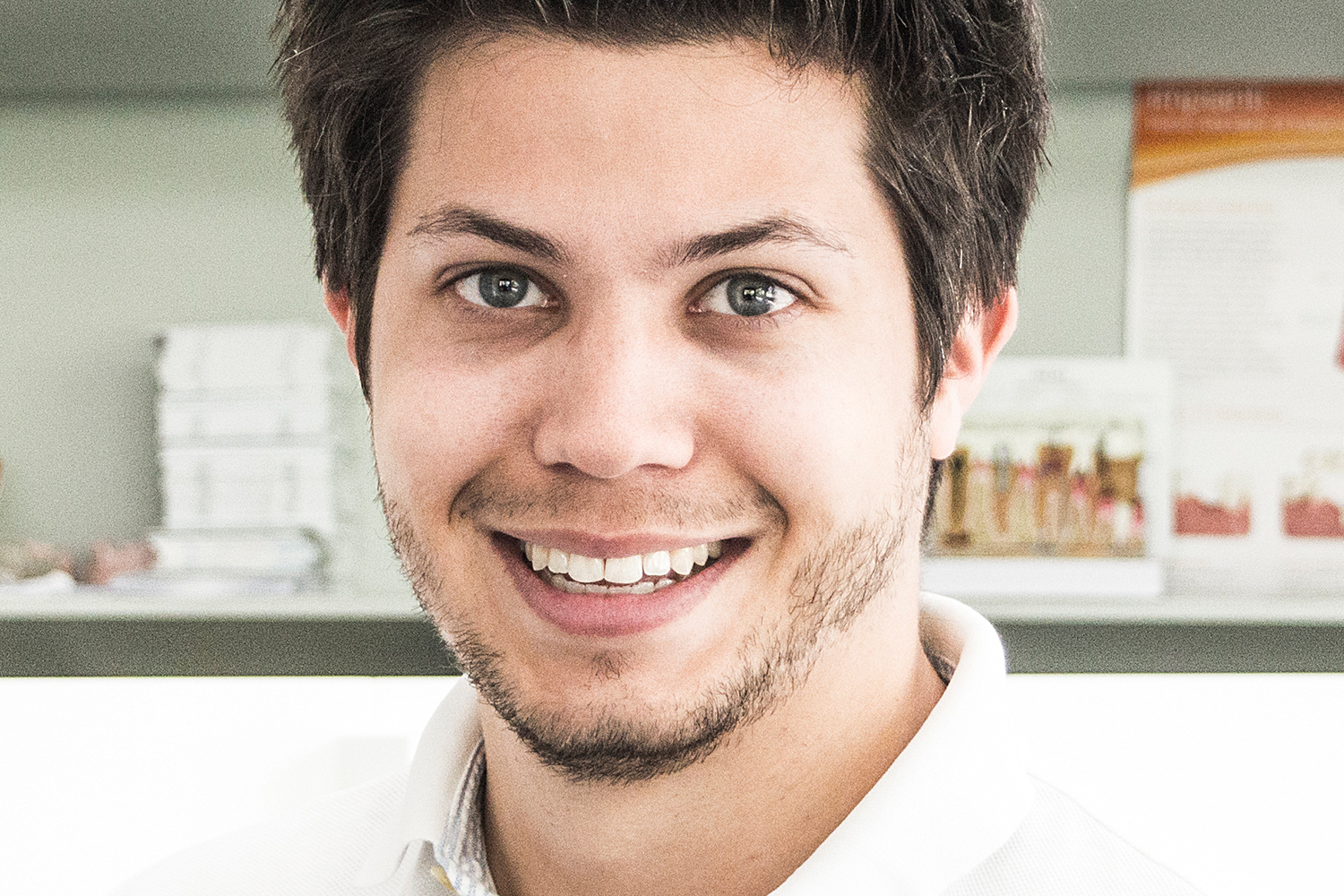“There is no such thing as a one-size-fits-all mouthwash, and every patient and condition should be advised separately. From my experience with gingival mouthwashes though, I would normally go the chlorhexidine route,” dental hygienist and dental therapist Theodora Little explains. A prevention specialist, Theodora advises clinicians worldwide and has worked as a dental care professional in the UK and US and Switzerland. Chlorhexidine has been considered a gold standard in oral hygiene, but patient compliance and correct oral hygiene are essential for optimal results.
“An adjunct for those who really need it”
Chlorhexidine prevents pathogenic bacteria from binding to the teeth and oral mucosa. Its substantivity is about 10 hours, and in those 10 hours, it does two things: killing the pathogenic bacteria and inhibiting their growth. Chlorhexidine-based mouthwashes come in different solutions, and depending on the country regulations, the chlorhexidine concentration can be higher or lower. The concentration for treatment is typically about 0.2 per cent, and that treatment period is almost always limited.
“It is very rare that I would recommend chlorhexidine for daily use,” says Theodora. “I would with patients that need an adjunct to normal brushing. Maybe they are elderly or lack dexterity and physically cannot brush their teeth well. During periodontal treatment, however, higher therapeutic concentrations of chlorhexidine can only be used for a short time, normally up to two weeks.”
“If you educate your patients, they are going to use it correctly”
According to Theodora, chlorhexidine treatment can be a great adjunct to treatment for certain patients, but for patients to benefit completely, there has to be full compliance. “The main thing with chlorhexidine is that you have to be careful what products patients are using alongside it. We know that a lot of toothpastes contain sodium lauryl sulphate (SLS), which can actually deactivate the chlorhexidine. What the general public does is brush and then rinse, but when patients have that SLS in their mouths, they are not going to get the full benefit of the chlorhexidine. So when I prescribe a chlorhexidine-based mouthwash, I will send the patient home with an SLS-free toothpaste. The other option is to wait 30 minutes after brushing before rinsing.”
“Obviously, chlorhexidine is normally a temporary support, a helping hand, and I’ve never had a problem with a patient using it. I explain the possible side effects, their condition and how we are using it.” Possible side effects of chlorhexidine are allergy, irritation of the oral mucosa and taste disturbances. Long-term use can also cause staining—although the stains have more to do with the tannins in tea, coffee and wine that the chlorhexidine interacts with. Consequently, the general recommendation is not to consume these particular drinks during treatment. As Theodora concludes, “Honestly, if you educate your patients, they are going to use it correctly.”

“Every patient needs to be taught correct oral hygiene”
“Whether he or she presents with gingivitis or periodontitis, every patient needs to be taught correct oral hygiene first,” according to Theodora. “I personally come from the school of thought of wanting to change my patients’ behaviour long term, and the best thing to do there from a clinical perspective is teaching them correct mechanical plaque removal before continuing with a mouthwash.”
“At the end of the day, bacterial plaque is the cause of periodontal disease. Of course, there are patients who have a compromised immune system, so they might be producing more or different bacterial biofilms, be on medications or have dry mouth, but healthy individuals need to get their oral hygiene addressed. If we don’t change their routine, existing problems only get worse, and gingivitis can develop into the severe gum disease that is periodontitis.”
